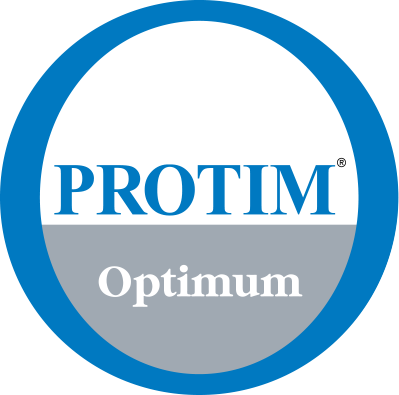Important Information
The following precautions should be taken both when handling the preserved wood and in determining where to use and dispose of it. Many of these precautions also apply to untreated wood and other building materials.
Download Protim® Optimum Safety Data Sheet (SDS).
Protim® Optimum treated timber has corrosion rates on metal
products similar to CCA (chromated copper arsenate) pressure
treated timber and untreated timber.
For interior or exterior applications, use fasteners and hardware that
are in compliance with the manufacturer’s recommendations and the
building code for their intended use. Where design and or actual
conditions allow for constant, repetitive or long periods of wet
conditions, only stainless steel fasteners should be used.
- Do not burn preserved timber.
- Wear a dust mask and goggles when cutting or sanding timber.
- Wear gloves when working with timber.
- Some preservative may migrate from the treated timber into soil/water or may dislodge from the treated timber surface upon contact with skin. Wash exposed skin areas thoroughly.
- All sawdust and construction debris should be cleaned up and
disposed of after construction.
- Wash work clothes separately from other household clothing
before re-use.
- Do not use preserved timber under circumstances where the
preservative may become a component of food, animal feed, or
beehives.
- Do not use preserved timber as mulch.
- Only preserved timber that is visibly clean and free of surface
residue should be used.
- If the timber is to be used in an interior application and becomes
wet during construction, it should be allowed to dry before being
covered or enclosed.
- Solvent odour maybe noticeable from freshly treated wood. It is
advisable to allow at least 4 days post-treatment drying in fillet in a
well ventilated area before installation.
- Disposal Recommendations: Preserved timber may be disposed of
in landfills or burned in commercial or industrial incinerators or
boilers in accordance with federal, state, and local regulations.
- If you desire to apply a paint, stain, water repellent, or other finish
to your preservative treated timber, we recommend following the
manufacturer’s instructions and label of the finishing product.
- Before you start, we recommend you apply the finishing product
to a small exposed test area to insure it provides the intended
result before proceeding.
- Mould growth can and does occur on the surface of many
products, including untreated and treated timber, during prolonged
surface exposure to excessive moisture conditions. To remove
mould from the treated timber surface, timber should be allowed to
dry. Typically, mild soap and water can be used to remove remaining
surface mould.
- Projects should be designed, approved and installed in accordance
with federal, state and local regulations governing construction in
your area.
Active Ingredients
- Propiconazole and Tebuconazole: This synergistic combination of organic fungicides protects timber
from fungal decay in above ground situations.
- Permethrin: Permethrin is a contact insecticide that prevents termites and other
wood-boring insects from attacking timber.
- IPBC (Where requested): A mouldicide commonly used to reduce mould growth on damp
timber surfaces.

